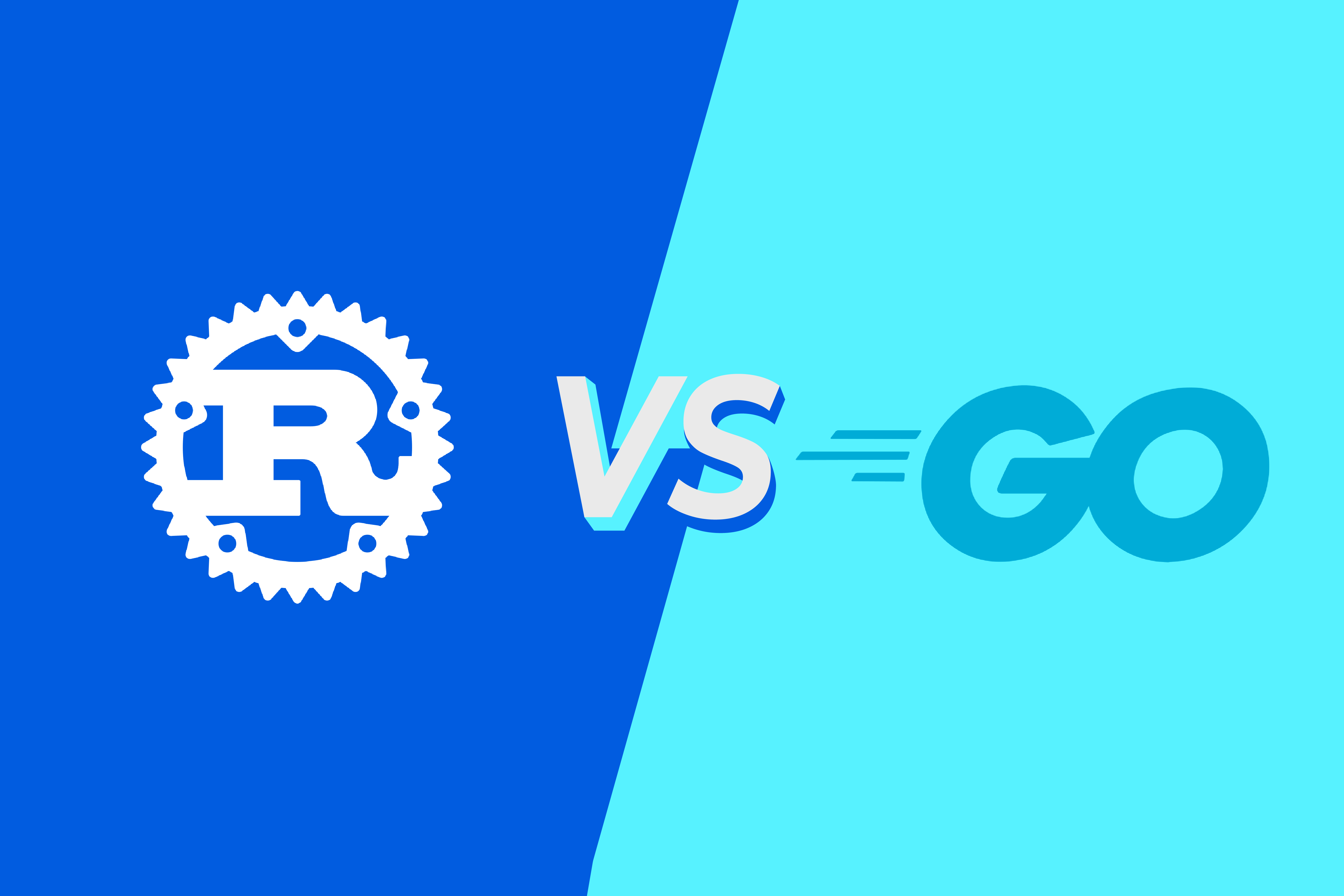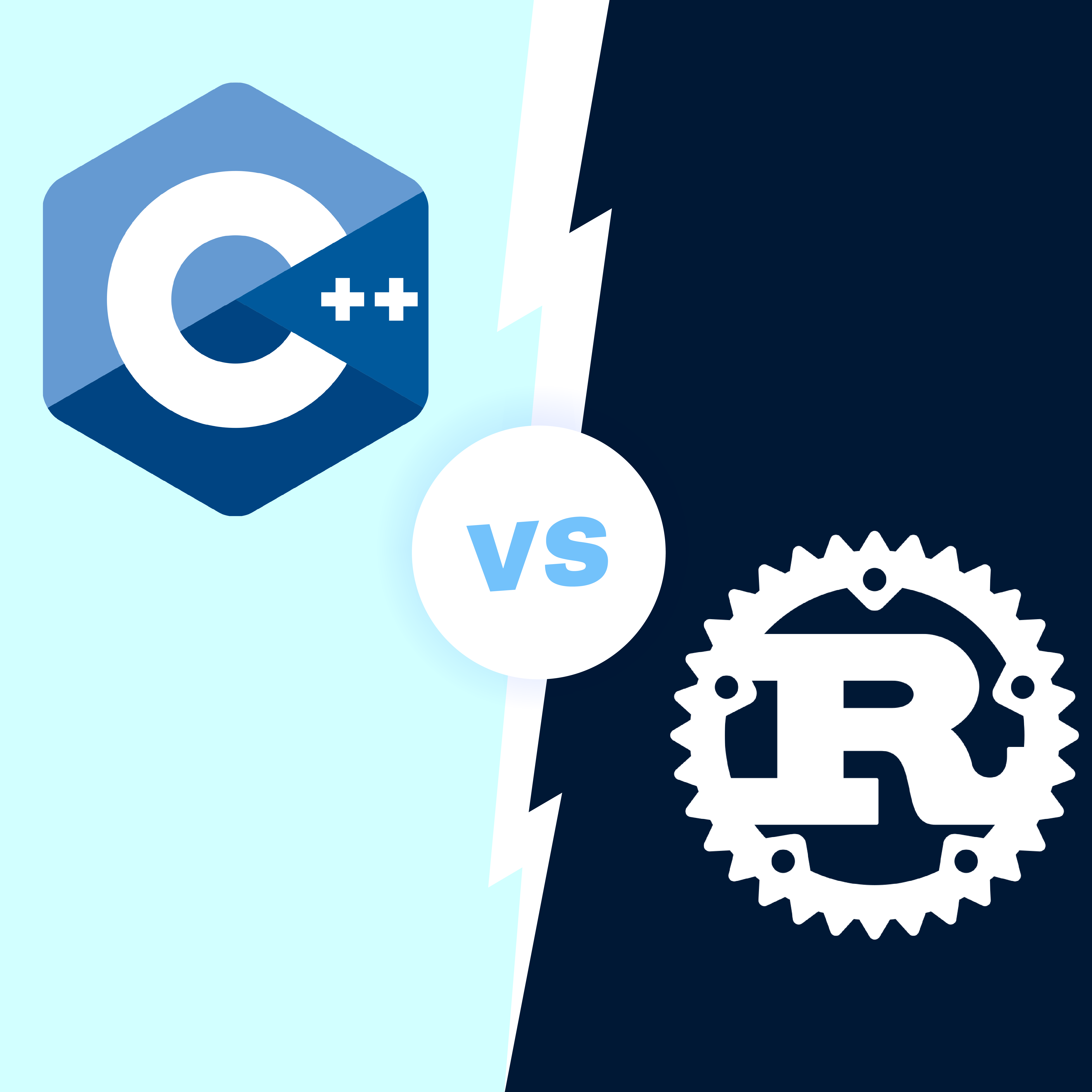Twitter has more than 300 million monthly users. After almost a decade of existence, it’s the most popular microblogging website ever. The popularity of Twitter shows that there is definitely a big market for this type of product. Many businesses want to build their own version of Twitter.
To attract users, a social network app must be reliable, stable and safe. It also needs to have all the features and functions that a successful social media platform does. That said, if you intend to develop a Twitter-like application, your best bet is to choose Rust or Python as your primary programming language. In this article, we’ll discuss the main advantages and disadvantages of these technologies.
What is the Rust Language, and What Makes It So Popular Among Developers?

Although Rust is a relatively new programming language, it has already captured the hearts of many software engineers. It has the potential to beat even the giants of the industry, like JavaScript and C++. Rust’s popularity occurs due to its ability to develop powerful, memory-efficient and reliable applications.
In terms of syntax, the language is similar to C++, since both are statistically typed. Unlike C++, there are no concurrency and memory management issues in Rust. It uses memory efficiently and without garbage collection. Other advantages of the Rust language include excellent documentation, innovative tools and a user-friendly compiler. That’s why 86.73% of participants in Stack Overflow’s 2022 Developer Survey chose Rust as their preferred programming language.
What is Python, and Why Does It Still Top the Charts?

According to the 2022 Stack Overflow Developer Survey, Python is the sixth most popular programming language. It enables developers to increase productivity, integrate systems more efficiently, and thus create high-performing applications. The benefits of Python include its multiparadigm and versatility. With a huge ecosystem of libraries and a large, dedicated community, it provides software engineers with all the tools they need to succeed in even the trickiest development projects.
Main Features to Look at While Choosing the Language For Your Twitter-Like App
We can define a successful application by the types of features it offers. There are a few must-have characteristics that every app must include to be competitive in the market. Otherwise, users and competitors will not bother paying attention to your product. Let’s go over these features to learn why they are so important, so you can better understand which language Rust or Python — you should choose.

Memory Management
Memory safety is the ability of a programming language to detect and prevent incorrect accesses to memory that can lead to data corruption, crashes, security breaches or other unintended behavior. To avoid the occurrence of memory-related bugs, it is better to choose a safe language. In this way, the software is free from security issues and vulnerabilities.
Memory safety is a property that can be achieved by static type checking, where the type system guarantees that operations on values of certain types are safe. For example, in Java, all array accesses are checked at compile time. However, some programming languages such as C++ don’t have this feature, and developers must be careful when using arrays and pointers.
Performance
When it comes to an app, performance is everything. It determines the success of your product and can make the difference between winning and losing. If your app takes too long to load or crashes frequently due to memory leaks, users will not enjoy using it and are likely to leave bad reviews on Google Play or the App Store.
To ensure high performance, you need to consider two things: speed and stability. The former refers to how quickly an application can respond to user requests and complete tasks like loading pages or performing searches. The latter refers to whether the application crashes or freezes when users use it. Before opting for a programming language, you should know more about Python and Rust’s performance, because it mainly affects how robust your app will be.
Productivity
An app’s productivity refers to how quickly it will take to develop and maintain it. It also considers how comfortably users can interact with it and how easily they can navigate through it. High productivity can save a lot of money in the long run and ensures that your app remains up to date with the latest technology standards or specifications.
You can also attract more customers if your software has a good productivity level. It will encourage people to use it again in the future. If your app takes too long to load, users might get bored and leave before they get to see what you have to offer.
Error Handling
When you write a program, you typically want to detect errors as quickly as possible. For example, if you’re calculating the average of a list of numbers, you want to know immediately if there is an error in your logic or in your data.
Programming languages have different capabilities when it comes to error handling. Some are better than others at catching common errors automatically, while others require engineers to explicitly write code that checks for errors before continuing to execute. Therefore, when deciding between Rust and Python, you should find out how the two languages handle errors that occur.
Type Safety
This refers to the compiler’s ability to detect errors in your code at compile time—before one has been executed during runtime. If you have an array of integers and try to access its last element with an index that is out of range, this will result in an error at compile time instead of allowing you to execute the code. This can potentially cause problems later.
Type safety makes sure that your program does not crash or produce unexpected results. It shortens the development process by catching most bugs at compile time rather than at runtime. It also helps write more robust code that can safely handle a wide range of inputs.
Concurrency
This is the ability of a program to perform multiple tasks simultaneously. You may think that is what computers are for in the first place, but the problem with concurrency lies in the way software engineers write codes.
In most cases, they develop programs that run sequentially from start to finish. This works well if all tasks are independent and can be completed without interfering with each other. However, what happens when two tasks have to interact with each other? What if developers want to do something else while one task is still running?
This is where concurrency comes into play. It allows code to be broken down into smaller pieces that can be executed simultaneously. The key is to know how to write one so that it does not interfere with itself or other code running at the same time. It is also important to choose a language that offers higher concurrency to develop applications faster. Languages like Rust and Python have different concurrency, so pay attention to that when choosing one.
Comparing Rust and Python Features
Both Rust and Python have their pros and cons. So, before deciding which language to select for your future Twitter-like project, be clear about what kind of solution you want. Think about the functionality, unique features, visual characteristics and other peculiarities, and then look at the features of a programming language.
Let’s compare Rust and Python, so you can see which language fits your product better.
Rust vs. Python Memory Management
Rust: It has no garbage collector, so developers have to manage memory manually. This is called ownership and is one of the most important concepts in the language. The ownership system helps manage the memory better.
Rust language runs blazing fast, prevents segmentation errors, and guarantees thread safety. It also helps you write code that is memory-safe. The programmer explicitly allocates and deallocates memory blocks, which makes Rust predictable and easy to debug.
Python: The language uses a garbage collector (GC) algorithm to free memory when an object is no longer in use. The GC algorithm allocates new memory blocks when more space is needed. However, this can be slower than other languages where the programmer allocates their memory blocks at the beginning of each program because more steps are required to get this done.
Rust vs. Python Performance
Rust: This is a general-purpose programming language that runs blazing fast, and it is designed to compile ahead of time into native code. This means that the time on running your program depends on how long it takes to compile your Rust code into a native one. Since Rust targets C/C++, this means that Rust can be much faster than Python in some cases.
Python: It is a dynamic-typing language with a high degree of abstraction. It has a rich library of packages and modules that can be used to solve many problems. Python is fast enough for many tasks, especially when dealing with large data sets. The language has its implementations of many popular data structures such as linked lists, stacks and queues, as well as built-in functions that perform common tasks such as sorting or searching arrays or strings.
Rust vs. Python Productivity
Rust: Its strong type system enables finding various bugs at compile time, which in turn helps reduce the need for unit tests. The compiler is also very assistive when it comes to suggesting improvements to your code. Rust developers can work quickly on projects because code compiles immediately, gets caught by the compiler when problems occur, and runs quickly. Rust is also more productive than Python because the compilation process is fast and efficient.
Python: The language can be much more productive than Rust if you use third-party libraries to put necessary functions in your programs, as these libraries already contain implementations of all common functions that are fast enough for most applications. Python is an interpreted language, which means that developers can run programs without having to compile them first. This makes it effortless to write and test small pieces of Python code.
Rust vs. Python Error Handling
Rust: This programming language has a rich set of constructs for error handling, but it uses them in a way that makes it difficult to figure out exactly what happened. For example, the following code attempts to open a file but fails because the filename doesn’t exist. Rust uses its type system to make sure that no errors are thrown when they are expected.
Python: Python’s error handling fits the requirements of modern programming much better than Rust’s. Its exceptions are a wonderful tool that allows you to write clean and concise code, but they do not provide much context about what went wrong. Some Python developers switch to the assert keyword to get additional information, but that only works if you catch all possible exceptions.
Rust vs. Python Type Safety
Rust: This is a statically typed language, meaning that all variables are consistent at all times. Using rust-analyzer — a Language Server Protocol — engineers have access to IDEs and text editors “with basic features, including autocompletion and display of compilation errors while editing”.
Python: In Python, there is no static type system, and it is up to you to check everything manually. This means that variables have no types and the Python interpreter does no type-checking at runtime. This allows for a lot of flexibility, but can make error detection more difficult at compile time.
Concurrency
Rust: This is a system programming language designed to support concurrency and parallelism. It was created from the ground up to avoid data races and thus handle concurrency more efficiently than other languages such as C# or C++. Rust also supports pattern matching, an important feature for many types of software development. Compared to Python, Rust offers much more control over the ownership and lifetime of data structures and objects.
Python: This language is not as good at handling concurrency as Rust, but it contains some features that make it easier to code in an object-oriented style. It also has a large collection of libraries and frameworks that are useful for many types of applications. Among the benefits of Python are its fairly clean concurrency model — it is based on some simple concepts and straightforward APIs. The use of greenlets allows Python to handle multiple tasks efficiently. However, it is not as convenient as the built-in concurrency mechanisms.
Wrapping Up
Rust and Python are both equally well suited for developing a Twitter-like application, with Rust having an advantage over Python when it comes to performance, memory usage, security and maintainability. So, the choice of language depends on your personal preferences and the nature of the project. If you have decided on a programming language for your app and need an experienced software team to help you develop it, get in touch. Moreover, if you need assistance in selecting the right tech stack, we are always here for you!





